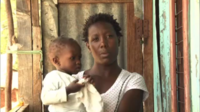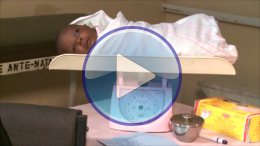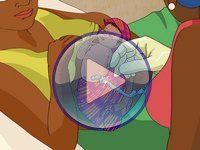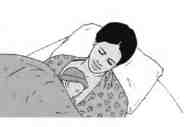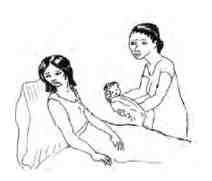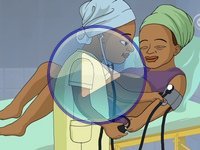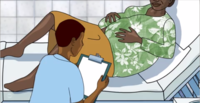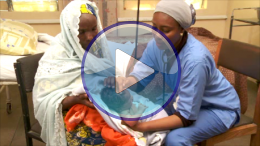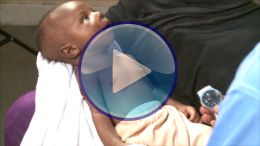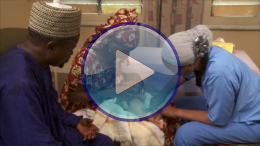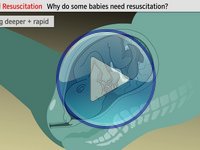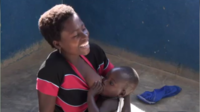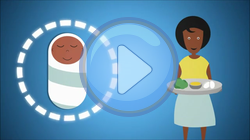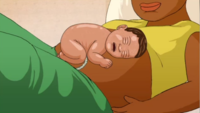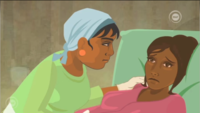Postnatal Care
Topic outline
-
Postnatal Care at the Health Post and in the Community
-
Why is effective postnatal care so important?
-
When do most mothers and newborns die in the postnatal period?
-
What do mothers and newborns in the postnatal period die from?
-
Physiological changes in the postnatal mother
-
Complications in the newborn
-
Your actions in the postnatal period
-
Evaluating the postnatal mother
-
Evaluating the newborn baby
-
Follow-up after immediate postnatal care
-
Methods for mobilising community action
-
Establishing partnerships with community gatekeepers
-
Conducting a community profile
-
The Normal Puerperium
-
Vagina and vulva
-
Ovaries
-
Breasts and initiation of lactation
-
Excretion of excess body fluids
-
Looking after the baby
-
Birth control options
-
In conclusion
-
The Abnormal Puerperium
-
Postpartum haemorrhage
-
Causes of late postpartum haemorrhage
-
Pre-referral management of PPH
-
Puerperal sepsis and fever
-
Endometritis
-
Puerperal mastitis
-
Wound infection
-
Screening for postpartum hypertension
-
Deep vein thrombosis (DVT)
-
Postpartum ‘blues’ and postpartum depression
-
Preparation for Postnatal Care
-
Home visits: the best opportunity to provide postnatal care
-
Barriers to facility-based postnatal care
-
Evidence that home visits improve the effectiveness of PNC
-
Schedule for postnatal home visits
-
Personal hygiene
-
Equipment
-
Key steps to follow while conducting a home visit
-
Counselling mothers during the postnatal period
-
Routine Postnatal Care for the Mother
-
Check the mother's vital signs
-
Check if her uterus is contracting normally
-
Clean the mother's belly, genitals and legs
-
Check the mother’s genitals for tears and other problems
-
Help the mother to urinate
-
Eating and drinking in the first few hours
-
Counselling on postnatal nutrition
-
Preventing iodine deficiency
-
Preventing vitamin A deficiency
-
Preventing iron and folate deficiency
-
Fathers and other family members can help
-
When the mother isn’t interested in her baby
-
Encouraging care-seeking behaviour
-
Routine Screening of Newborns for Life-Threatening Conditions
-
Your first actions before assessing a newborn
-
Screening the newborn for general danger signs
-
How can you recognise a convulsion in a newborn?
-
Is the newborn lethargic or unconscious?
-
Is the baby breathing too fast?
-
Is the baby’s temperature normal?
-
Infection in the newborn
-
What are the signs of eye infection in newborns?
-
What are the signs of an infected umbilical cord stump?
-
What are the signs of skin infection?
-
What is neonatal tetanus?
-
How can you prevent infection in newborns?
-
Neonatal assessment check list for critical conditions
-
Breastfeeding, the Warm Chain Principle and Counselling HIV-Positive Mothers
-
Counselling the mother on newborn feeding
-
Four signs of good positioning
-
Four signs of good attachment
-
Benefits to the newborn of breastfeeding
-
Benefits to the mother of breastfeeding
-
Breastfeeding and birth control
-
Counselling the HIV-positive mother about feeding her baby
-
Replacement feeding and the AFASS criteria
-
Keeping the baby warm
-
How to take the newborn's temperature
-
How do newborns lose heat?
-
The warm chain principle in postnatal care
-
Special Care for Preterm and Low Birth Weight Babies
-
Why do preterm or low birth weight babies need special care?
-
Classification on gestational age
-
Tips to help a mother breastfeed a preterm or low birth weight baby
-
Expressing breast milk
-
Show mothers how to cup feed the baby
-
Special care to keep preterm and low birth weight babies warm
-
KMC procedures
-
Making a Referral for Postnatal Care
-
Effective referral
-
The referral link: a two-way street
-
Knowing about local health facilities
-
What prevents referrals from happening effectively?
-
Good documentation
-
Transport and the emergency evacuation plan
-
Making sure the health facility knows how to communicate with you
